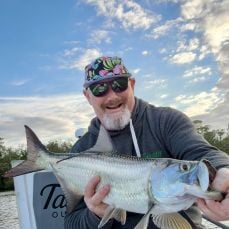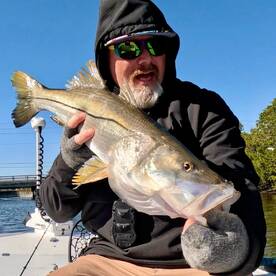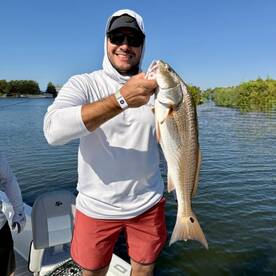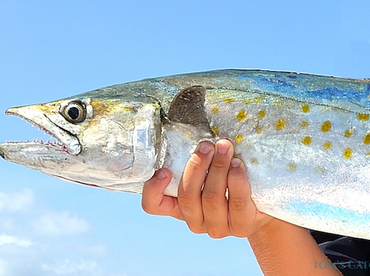JAN 9th - Clearwater Beach Speckled Trou
January 09, 2025
Clearwater
1 photo


Speckled Trout
Trip Summary
Trip Summary
Observations from our Inshore Fishing Charters in Clearwater and Tarpon Springs last week. Speckled trout are the star of the show this week for Clearwater and Tampa Bay inshore fishing. The cooler water has concentrated these fish over grass flats, sandy potholes, and deeper channels.
Seasonal Pattern
Trout feed heavily in winter to maintain energy in cooler temperatures. On sunny days, they push onto shallow grass flats, while on overcast or windy days, they hold in deeper cuts.
Bait and Lures
A free-lined live shrimp is hard to beat, but soft plastic paddle tails and MirrOlure are also excellent choices. Our Shimano spinning setups make light lure presentations easy and accurate, even when casting into the wind.
Local Hotspots:
Upper Tampa Bay grass flats
Clearwater Harbor spoil islands
Dunedin Causeway bridge channel
Charter Advantage
Booking a Clearwater fishing charter gives you access to productive flats that see less pressure and ensures you have the right bait on hand for changing conditions.
From our Blog at TightlinesCharter. you know the rest




